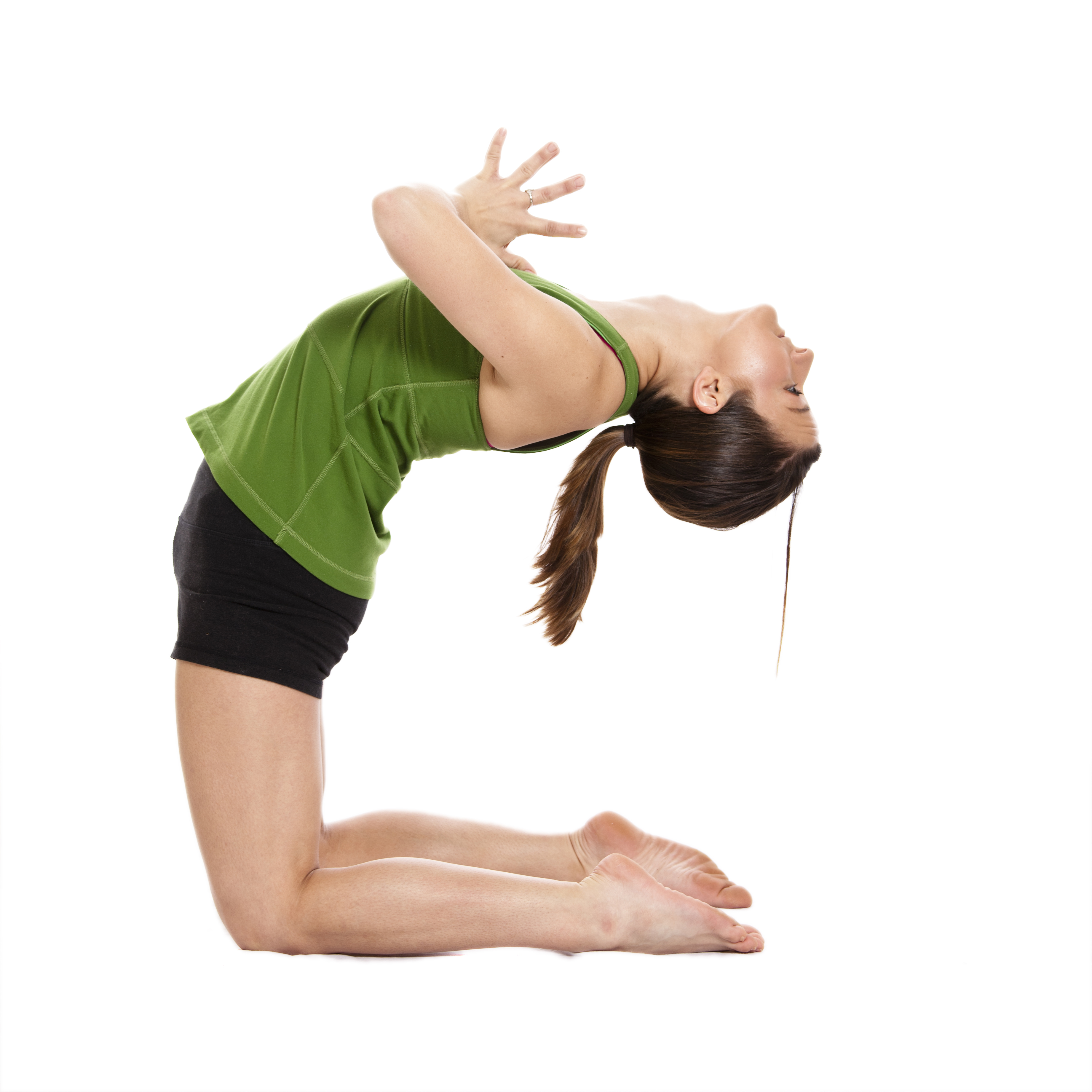
Introduction
Hypermobility, also known as the ability of joints to move beyond their normal range, is a condition that affects many individuals worldwide. While some people may experience no symptoms or only minor discomfort, for others, hypermobility can lead to joint pain, instability, and even injuries.
Some people can suspect that they are hypermobile, or that one or two hypermobile joints means they have a serious health concern. Even worse, they may think that being even slightly hypermobile means they can never see a chiropractor as part of their health care team – this is not the case!
Identifying hypermobility early on can be crucial for proper management and prevention of complications. One method used to assess hypermobility is the Beighton Score, a simple test that can be conducted at home [1].
Understanding the Beighton Score:
The Beighton Score consists of nine criteria, each evaluating the flexibility of different joints in the body. For each positive criterion, you score one point, with a maximum total score of nine. A higher score indicates greater joint hypermobility [1].
Here are the criteria:
Bending the Little Finger Back: Bend your little finger towards your wrist. If it goes past 90 degrees, give yourself one point for each hand.
Bending the Thumb Back: Bend your thumb back towards your forearm. Give yourself one point for each hand if it touches or overlaps your forearm.
Bending the Elbow Back: Straighten your arm and see if your elbow bends back more than usual. If it does, give yourself one point for each arm.
Bending the Knee Back: Stand and lift one leg backward. Give yourself one point for each leg if your knee bends back more than usual.
Touching the Floor While Standing: Stand up straight and try to touch the floor with your palms without bending your knees. If you can do it, give yourself one point.

Performing the Self-Assessment:
To conduct the Beighton Score self-assessment:
1. Find a quiet, well-lit spot where you can move easily.
2. Wear clothes that let you move freely, like shorts and a t-shirt.
3. Do each of the five checks mentioned above, one after the other.
4. Keep track of how many points you get from each check.
Interpreting Your Score:
Scores between 1 and 3 may suggest mild hypermobility or normal joint flexibility. A score of 4 or higher in adults (or 6 or higher in children) may indicate generalised joint hypermobility.
It’s important to remember that a high Beighton Score alone does not necessarily indicate a medical problem. Symptoms such as joint pain or instability should be evaluated by your chiropractor, especially if they are affecting your day to day life. [1]
Why is it important to know?
While hypermobility can have advantages, such as increased flexibility and potential talent in certain activities like dance or gymnastics, it can also present challenges and risks. Here are some reasons why being hypermobile might be problematic:
Joint Instability: Hypermobile joints are less stable and more prone to injury. This instability can lead to frequent joint dislocations, sprains, and strains, which can cause pain and limit mobility. [2]
Chronic Pain: Many people with hypermobility experience chronic pain, particularly in the joints. Over time, this pain can affect daily activities and quality of life. [2]
Joint Degeneration: Hypermobile joints are at a higher risk of developing osteoarthritis due to increased wear and tear. This can lead to joint degeneration, stiffness, and loss of function later in life. [2]
Associated Conditions: Hypermobility is commonly associated with other medical conditions, such as Ehlers-Danlos syndrome (EDS), Marfan syndrome, and joint hypermobility syndrome (JHS). These conditions may present additional health challenges and require specialised management. [3]
Impaired Balance and Coordination: Excessive joint flexibility can impair proprioception (the body’s awareness of its position in space) and coordination, increasing the risk of falls and accidents. [2]
Functional Limitations: Severe hypermobility may limit participation in certain physical activities or sports and can impact occupational choices, particularly those that require repetitive or strenuous movements. [2]
Conclusion
Self-assessing hypermobility using the Beighton Score can provide valuable insight into joint flexibility and potential hypermobility. Some people think that hypermobility is a reason not to see chiropractors – or that adjusting the spine ‘too often’ creates hypermobility but both of these reasonings are not true. Chiropractors have a wide range of techniques in their training and experience, ranging from gentle muscle release to the adjustments we see all over social media. Depending on the best protocol of care for you, specific exercises that help you strengthen your muscles to support your joints may also be appropriate. If you suspect you have hypermobile joints or experience related symptoms, consult your chiropractor for further evaluation and management.
While hypermobility can offer some benefits, it’s essential to recognise and manage its potential drawbacks to maintain joint health, prevent injuries, and improve overall well-being. Consult with your chiropractor for personalised management strategies tailored to your needs, whether that’s adjustments in practice, exercises for you to do at home or seeking further medical advice – chiro can help!
Chiropractic Life’s Commitment
At Chiropractic Life, we deliver on our commitment to holistic wellness by offering neurostructural corrective chiropractic at our practices across Australia and New Zealand. Our approach focuses on correcting and realigning the spine and posture. This enables the nervous system to be free from interference and the brain to receive feedback from the spine and deliver the right information to the body through optimum brain-to-body communication.
Find a Chiropractic Life location near you.
References
Video & Graphic: https://www.ehlers-danlos.com/assessing-joint-hypermobility/#1667832351239-74ce5479-cdb7
[1] Malek, S., Reinhold, E. J., & Pearce, G. S. (2021). The Beighton Score as a measure of generalised joint hypermobility. Rheumatology International, 41(10), 1707–1716. https://doi.org/10.1007/s00296-021-04832-4
[2] Sieńko-Awierianów, E., & Chudecka, M. (2020). Risk of injury in physically active students: Associated factors and quality of life aspects. International Journal of Environmental Research and Public Health, 17(7), 2564-. https://doi.org/10.3390/ijerph17072564
[3] Strunk, R. G. (2017). Multimodal Chiropractic Care for Pain and Disability in a Patient Diagnosed With Ehlers-Danlos Syndrome-Hypermobility Type: A Case Report. Journal of Chiropractic Medicine, 16(2), 147–155. https://doi.org/10.1016/j.jcm.2016.12.002

Recent Comments